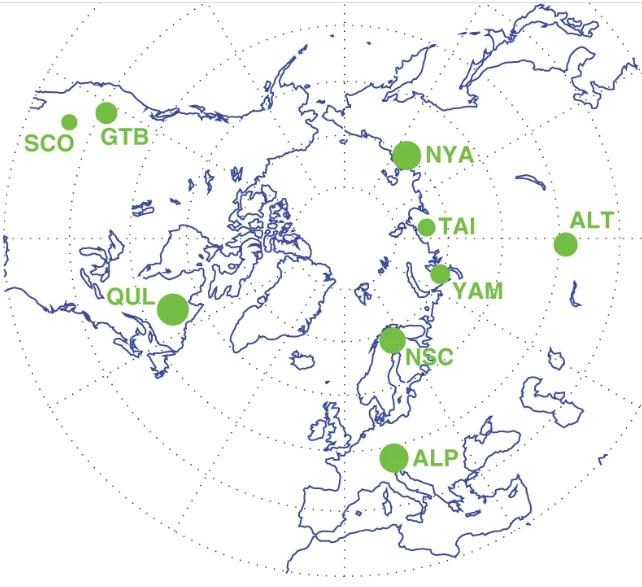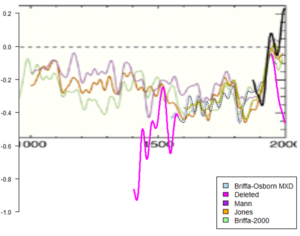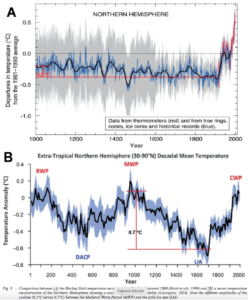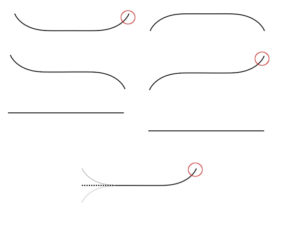by R .Darwall, Feb 20, 2024 in ClimateChangeDispatch
“Science,” wrote the philosopher Karl Popper, “is one of the very few human activities – perhaps the only one – in which errors are systematically criticized and fairly often, in time, corrected.”
The sub-title of Popper’s 1963 book Conjectures and Refutations, in which he argued that science progresses through inspired conjectures checked by attempts to refute them through criticism, is “The Growth of Scientific Knowledge.” [emphasis, links added]
Now, a six-person jury in Washington, DC has refuted Popper’s formulation of the uniqueness of science, finding in favor of climate scientist Michael Mann in the defamation suit he brought against Rand Simberg and Mark Steyn dating back to 2012.
Central to Mann’s case was his attempt to reconstruct global temperature over the previous millennium – the iconic “hockey stick” graph.
The graph shows global temperatures purportedly falling for centuries and suddenly shooting upward with the advent of the Industrial Revolution.
Mann’s hockey stick representation was derived principally from selected tree-ring data based on the assumption that tree rings constitute accurate proxies for temperature and are not contaminated by confounding factors such as rainfall, seasonal variability, and levels of carbon dioxide in the atmosphere.
The results that Mann produced are also sensitive to decisions on and application of statistical techniques.
There can be little doubt of the hockey stick’s historical importance in developing and propagating what became the dominant scientific paradigm of climate change.
…
…


 Cropped from Figure 1,
Cropped from Figure 1, 





